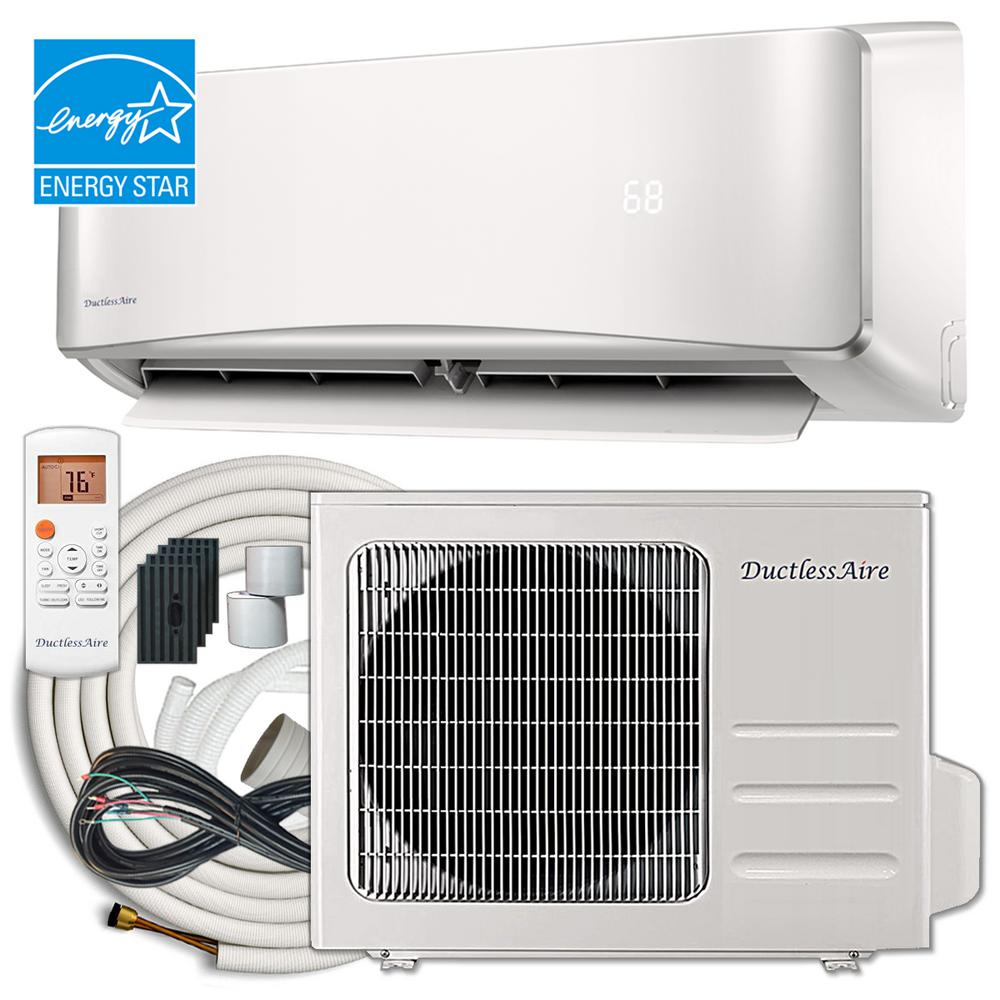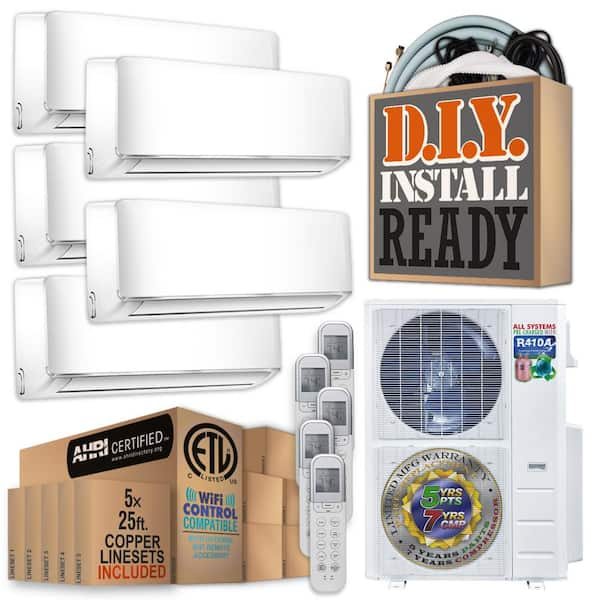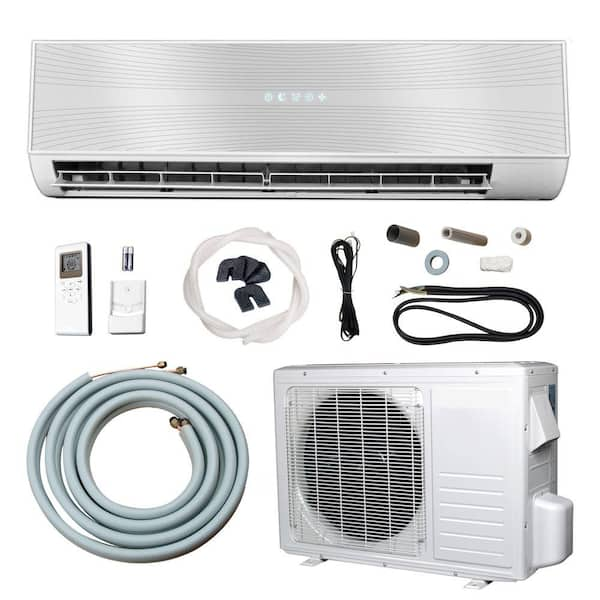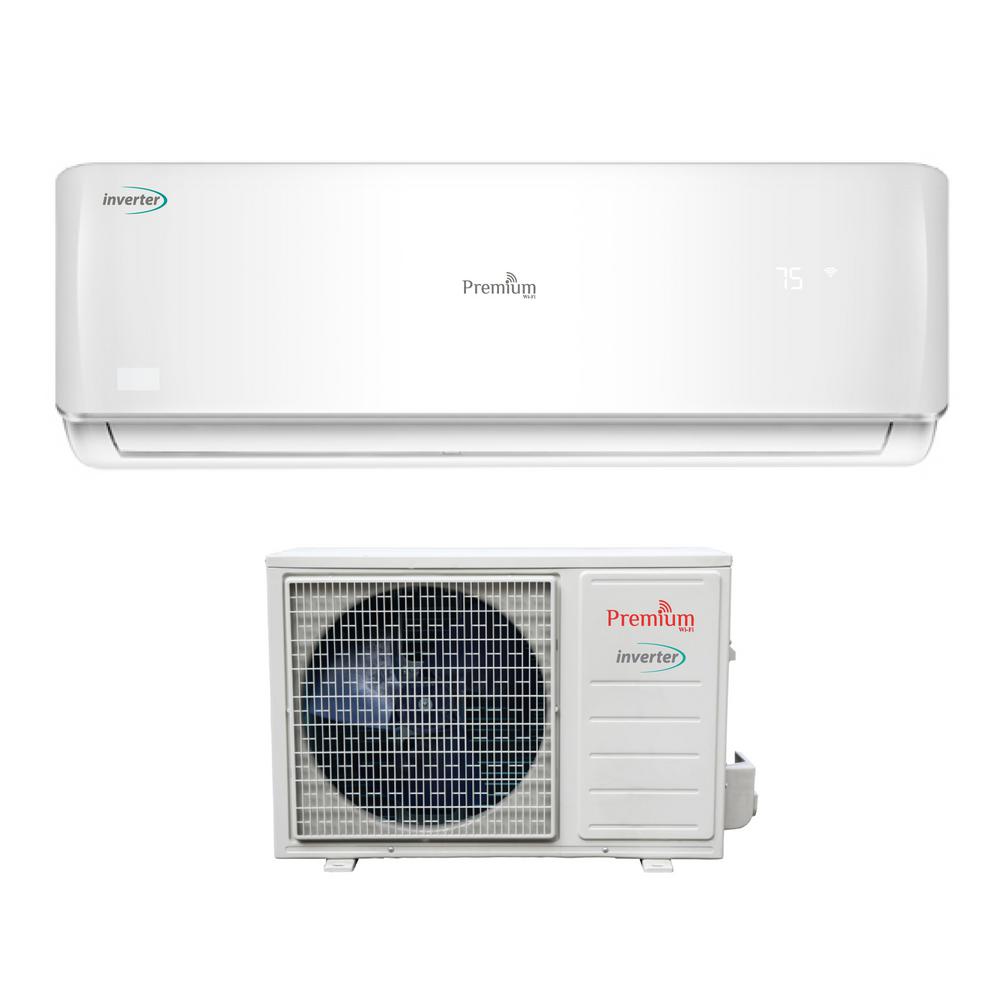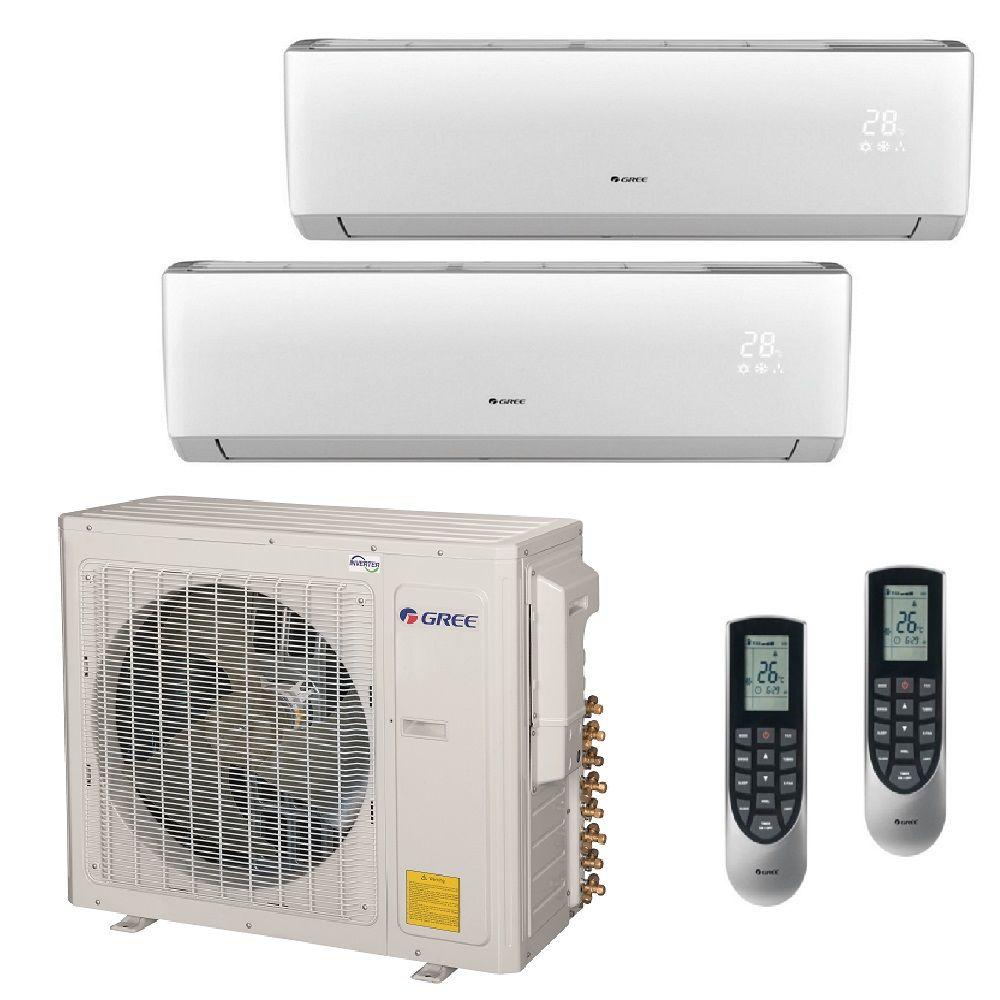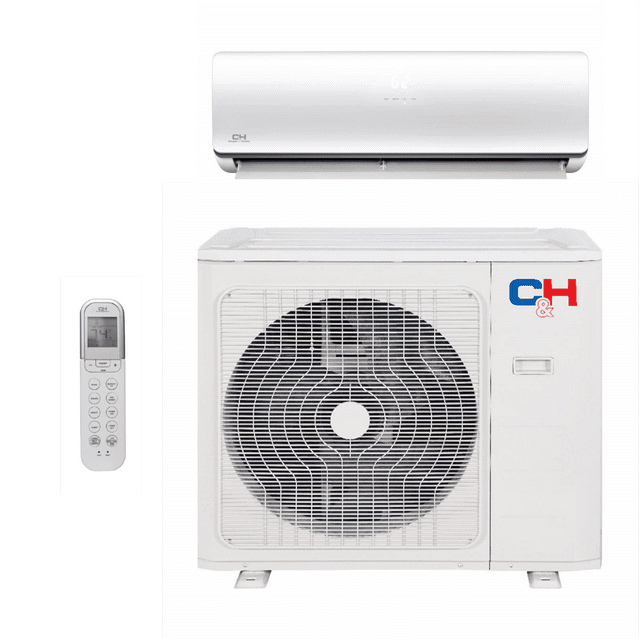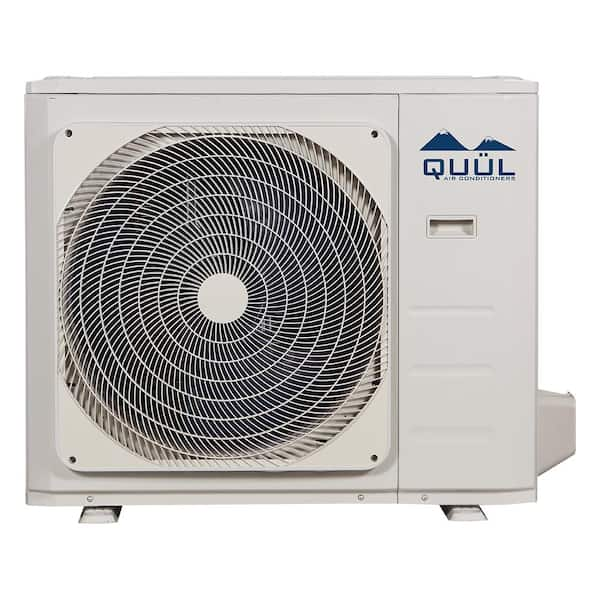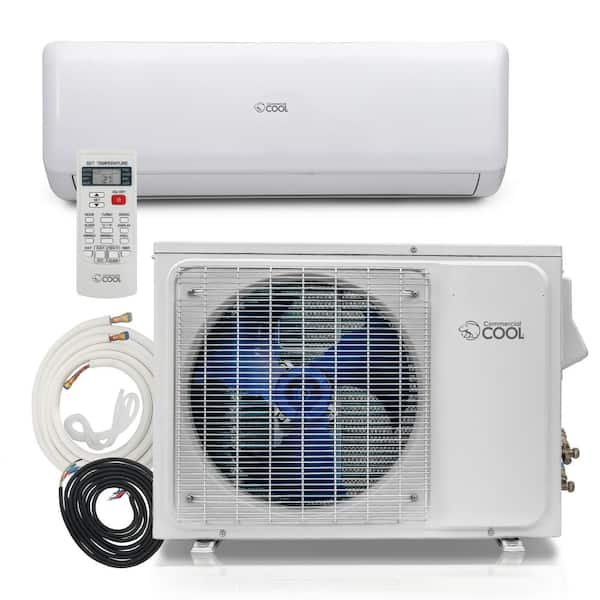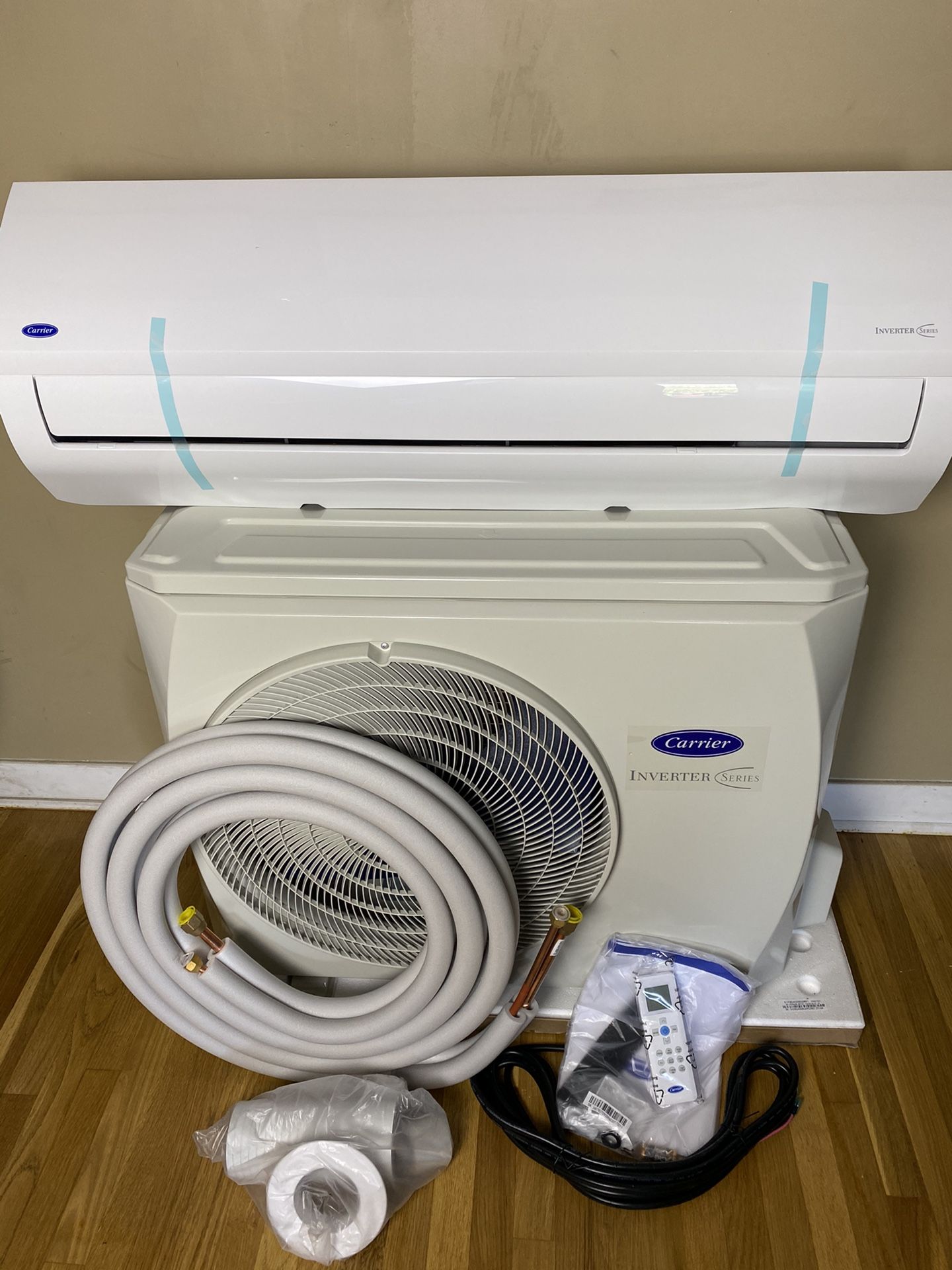220 Volt Mini Split Air Conditioner

As energy costs continue to rise and homeowners seek efficient cooling solutions, the 220 volt mini split air conditioner is gaining traction as a viable alternative to traditional central air systems.
This article examines the growing popularity, operational advantages, and potential drawbacks of these systems.
What is a 220 Volt Mini Split?
A 220 volt mini split air conditioner, unlike its 110 volt counterpart, operates on a higher voltage electrical circuit.
This allows for greater energy efficiency and cooling capacity, especially in larger spaces or hotter climates.
These systems typically consist of an outdoor compressor/condenser unit and one or more indoor air handling units, connected by refrigerant lines and electrical wiring.
Key Advantages
One of the main benefits of 220 volt mini splits is their energy efficiency.
Energy Star certified models often boast impressive Seasonal Energy Efficiency Ratios (SEER) and Heating Seasonal Performance Factors (HSPF), leading to lower electricity bills.
This is due to the ability of 220 volt systems to deliver more cooling power with less energy input compared to lower voltage units.
Zoning capabilities are another significant advantage.
Homeowners can control the temperature in individual rooms or zones, avoiding the need to cool unoccupied areas and further reducing energy consumption.
Installation is generally less invasive than central air systems, requiring only a small hole in the wall for the refrigerant lines and wiring.
Potential Drawbacks
The initial cost of a 220 volt mini split system can be higher than window units or some central air options.
However, long-term energy savings can offset this initial investment.
Installation often requires a qualified electrician to run a dedicated 220 volt circuit to the outdoor unit, adding to the upfront expense.
Aesthetics can also be a concern for some homeowners.
The indoor units are visible, and while many models are designed to be discreet, they may not appeal to everyone's taste.
Market Trends and Adoption
Data from the U.S. Energy Information Administration (EIA) shows a growing trend towards more energy-efficient HVAC systems, including mini splits.
Sales of mini splits have been steadily increasing in recent years, driven by rising energy costs and growing awareness of their energy-saving potential.
Manufacturers are also responding to consumer demand by offering a wider range of models, features, and aesthetic options.
Regions with high electricity costs and hot climates, such as the Southwest and Southeast, are seeing particularly strong adoption rates.
"We've seen a significant increase in inquiries about 220 volt mini split systems in the past year," says John Smith, a local HVAC contractor. "Homeowners are looking for ways to reduce their energy bills, and these systems offer a compelling solution."
The Human Element
For many families, the decision to invest in a 220 volt mini split is driven by a desire for greater comfort and affordability.
Maria Rodriguez, a homeowner in Arizona, recently installed a system in her home.
"Our electricity bills were skyrocketing in the summer," she explains. "The mini split has made a huge difference. We're much more comfortable, and our bills have gone down significantly."
She also highlighted the added benefit of individual zone control, which allows her to keep the bedrooms cool at night while saving energy in other parts of the house.
Conclusion
The 220 volt mini split air conditioner is emerging as a popular and energy-efficient cooling solution.
While the initial cost may be higher than some alternatives, the long-term energy savings and zoning capabilities make it an attractive option for many homeowners.
As energy costs continue to rise, the demand for these systems is expected to grow, further solidifying their place in the HVAC market.
